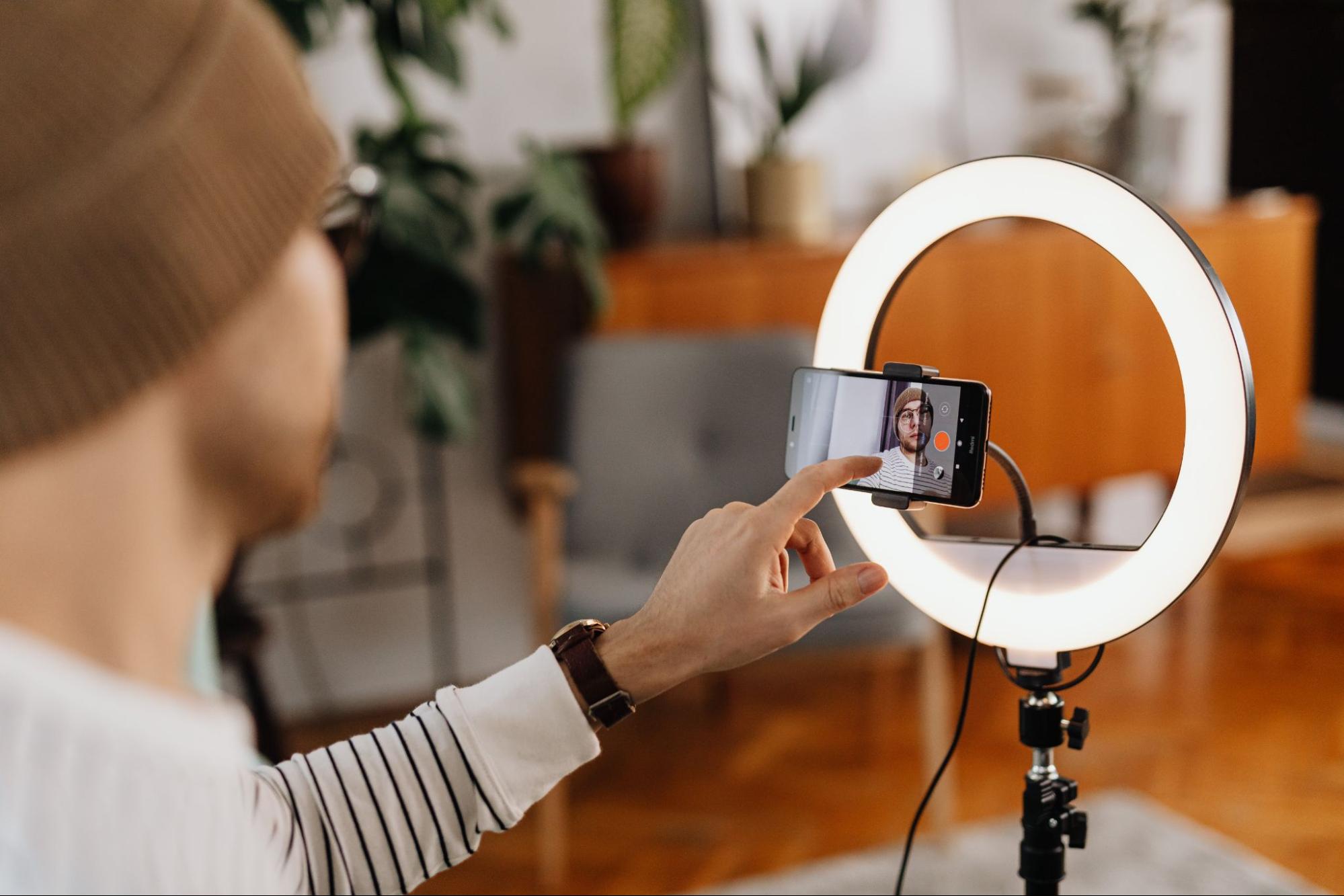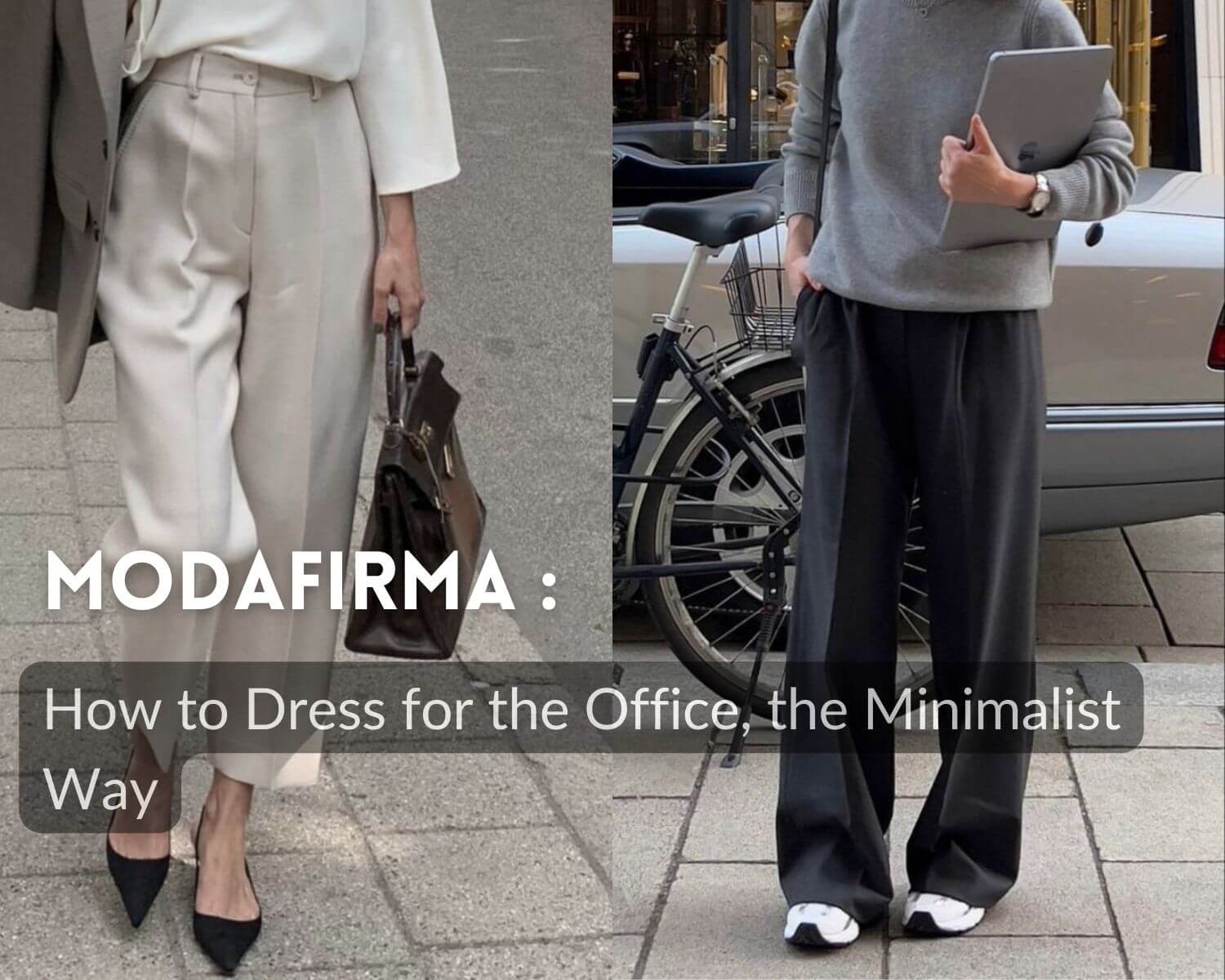Table of Contents
This post was authored by our friends at Marsello, an all-in-one marketing platform that seamlessly integrates with Shopify.
It takes a lot to disrupt a $160 billion industry. But that’s exactly what TikTok has done. The key difference between TikTok and traditional social media feeds? TikTok’s content is distributed predominantly by an algorithm, via its For You page (the main feed). You can scroll endlessly through tailored, personalized content without following a single account.
You are served content based not on follower count but on one-off hits. In theory, a new user with zero followers can hit millions of views with their first post.
In this new world of social media, smaller retailers actually have an edge over the retail giants. Big-box retailers are constrained by brand guidelines. But smaller retailers are free to experiment and express personality in their brand. Unlike the retail giants, they can also react quickly to trends.
TikTok & Reels: The opportunity in numbers
Despite this, many retailers are apprehensive about creating video content. We’ve gotten comfortable promoting our businesses with photography, but Reels and TikToks are a different beast.
In this article, we’ll talk to two retailers about the fears and doubts they faced, and how they overcame them.
Fear of video: The first step is the hardest
Unless retailers have a dedicated social media manager, they’re creating content with the team they’ve got. Usually, that means business owners themselves are pulling up their sleeves.
It’s easy to overthink it. Getting started is the hardest part.
While some of us might jump at the chance to be on camera, for many retailers, this sounds extremely intimidating.
Eletra Turnbull, was in the latter camp. “I had done social for another business, so I knew how to do it, but when it came to my own business it was daunting putting my own face up there,” she says.

Julia Palm (JPalm) agrees: “I know I need to start a TikTok. There is just so much more potential brand reach.” Right now, Julia sticks to Instagram Stories. “Each season or product launch I share a lot of the behind-the-scenes so people are already hyped about the release of something new,” she says.
“I know I’m pretty much already creating the content for Instagram Stories—and it’s not too many steps away from what I am already doing. I think I find it difficult to hear my own voice, so I am a little scared of doing Reels and TikToks!”

Reach more nearby shoppers with Shopify
Shopify comes with built-in tools to bring more online shoppers to your store. List your products for free on Google, create Smart Shopping campaigns, track ad performance, and manage orders from Google purchases from Shopify’s Google channel.
In the social media of the past, we could “hide” behind our brands a lot more. The few videos we posted tended to be polished and professional. TikTok and Reels are the antithesis of the brand video—they’re for creators, not brands. So if you don’t like being on camera, how do you partake?
“There are certainly ways you can do Reels and TikToks that don’t show your face,” Eletra says. “That can be a good place to start if you’re not comfortable being on camera. Lots of companies do this without showing themself on camera, with a lot of success.”
Some brands, like PeachBbies, predominantly post TikToks with just a simple voice-over. But Eletra decided to take the plunge and get in front of the camera. Though it was intimidating at first, she’s used to it now.
“I definitely understand how it can be daunting,” she says. “My strategy? I just try not to watch the videos over and over—I just post and then walk away. In general, people don’t really have negative things to say. To be quite honest, if they don’t like your content they’ll just scroll past. There’s not really a negative outcome from putting yourself out there. The worst thing that usually happens is they just don’t watch it!”
Barriers: Time, time, and … time
It’s not all about the vulnerability of video. TikToks and Reels are also a lot more time consuming than static content. Video content can rarely be done off the cuff—it requires a bit of planning and storyboarding. It doesn’t have to be completely scripted, but creators definitely need to have an outline of what they want to communicate.
I’m time-poor and have 10,000 different tasks to manage as a business owner.
Eletra finds that it’s important to have a plan in place, but she also needs to be flexible, and hop on trends when they come up. “That would be the downside of having absolutely everything planned far in advance because you don’t want to miss an opportunity,” she says.

TikTok trends are entirely unpredictable. But Eletra shares a secret: if she misses a trend, she knows she can schedule it for Reels a few weeks later. Savvy social media users know that trends on Reels are about two or three weeks behind TikTok. That’s something she can take advantage of and save a bit of time.
She also admits a slightly unfair advantage: her husband is a filmmaker. “My planning has evolved even more since my partner started helping with my filming,” she says. “We set aside a day to try and get filming all done on that day. It means social media is much less time consuming, so I can get on with actually running a business.”
Getting started: Practical tips from a Shopify retailer
- Spend time on the channels you want to try
- Have a good idea of what you want to say
- Level up with better lighting
- Save and repurpose your Stories
- Use “covers” purposefully
- Plan what you can, but keep an eye out for trends
- Track, measure, and analyze your engagement and sales
Ready to dive in? Here are seven tips Eletra has to help you venture into the exciting world of video.
1. Spend time on the channels you want to try
Scroll through your feed and follow people in your industry to understand what works on TikTok and what works on Reels. They seem similar at first, but they have unique, distinct cultures. “Once you’re using both a lot, you get a feel for what is going to stay on TikTok and won’t make its way onto Reels,” says Eletra. “This is a bit niche, but a good tip!”
2. Have a good idea of what you want to say
The best creators can make a scripted video sound like it’s off the cuff, but you’ll realize quickly this is quite a skill! To bring that authenticity, have a bullet-pointed outline to make it sound more natural, and not like you’re reading lines.
On that, don’t try and say too much—you don’t need to tell your whole brand story in one video. Eletra breaks her videos down into bite-sized chunks, with a few overarching themes. For example, she has a whole series of videos dedicated to making vintage clothing. In each episode, she finds a secondhand clothing pattern and tests it out—showing a few shots behind the scenes, then the end result (with her review).
@eletra.in.stitches Working through my #vintagepattern stash! #sewingproject #sewingpatterns #sewingprocess #sewingtiktok #diyfashion #sewingtok ♬ UNDERWATER WONDERSCAPES (MASTER) – Frederic Bernard
3. Level up with better lighting
“Good lighting really helps,” says Eletra. “We’ve got a couple of ring lights. My partner’s just gone and bought some LED lights we can use for filming too.” A ring light will help elevate your video quality, even if you’re just using your phone to record. It’s a simple, affordable upgrade to your “recording studio” (a.k.a. your shop, office, or bedroom) that really makes a huge difference.

4. Save and repurpose your Stories
If you’re doing Stories on Facebook or Instagram, you’re almost there already. To ease yourself in, you can create Reels or TikToks to repurpose the content in a highlights, memories, or collage format. This is a great way to overcome that first hurdle: posting your inaugural video!
To get more reach, use a trending song or hashtag and add it to your video. However—make sure the trend is appropriate or relevant to your content. TikTokers are discerning and will know if it’s not the right fit. As mentioned above, you’ll need to do a bit of scrolling to see what might work.
5. Use “covers” purposefully
In the context of Reels and TikToks, a cover is a frame or thumbnail that literally “covers” each video. Think of it like the cover of a book. When people visit your profile, they’ll see the covers in a grid on your profile, rather than whole videos. Covers are important because they’re your chance to hook people and entice them to watch more of your content.
Covers work slightly differently between Instagram and TikTok.
For Reels, covers are static, and you can upload any image from your camera roll—including a designed image you’ve purpose-built. “Reels covers keep my grid tidy and aesthetic,” says Eletra. “I have a set cover template that I built in Adobe Express. My cover is super simple, it’s just text with a plain color background.”
In TikTok, you can’t currently upload covers. Instead, you choose a frame from within the video, which you can add text to. TikTok animates the frame, using a couple of seconds on either side. For the best results, use a frame that has lots of motion, or is interesting to look at.
6. Plan what you can, but keep an eye out for trends
It’s faster and more productive to record a few videos at a time and schedule them out. Then you have a few weeks or months to plan the next batch or campaign. Eletra has a few regular series that she can plan for and record all at once. Those kinds of videos are pretty set-and-forget; you can load them up into a scheduling app.

However, things move fast in the world of TikTok, so don’t just schedule and close your apps for a month. Check in at least a couple of times a week to see what’s trending. When a trend inspires you, jump on it.
7. Track, measure, and analyze your engagement and sales
As you post more and more, you’ll learn which channels work best for each of your business objectives.
Eletra has learned that TikTok is great for brand reach and getting your name out there, but Instagram works well for sales. “I posted a vintage pattern video on TikTok that’s now sitting at 32,000 views, with a ton of comments and likes, but a lot of these people are in other countries and probably won’t buy from me,” she says. “On Instagram, that same video has around 7,000 views, and quite a few comments as well, but I can see more of these views are local, and they’re more likely to purchase from me.”
PRO TIP: If you’re talking about products in your videos, you can actually use social sales-tracking tools to measure the impact on sales. As you build your follower count and reach, this will become invaluable. When you can validate the time and effort you’re putting into social, you can start to scale up your investment.
Some important things to remember!
- You’re your own harshest critic. “It’s easy to get down on yourself and think‘I’m not getting a lot of views,’” Eletra says, but, “If they’re potential buyers, or look like your target audience, then that’s great.”
- Yes, it can be vulnerable. But take it one step (video) at a time. You won’t get lots of hits straight away, so you have time to hone your craft.
- Most importantly, enjoy it! You’re telling your own authentic story as a brand—no one can do that better than you.
Try Marsello
Plan, create, and schedule all your social posts with Marsello. Then track how your content converts to sales, in-store and online.

![How To Get Started [Advice From Retailers] (2022)](https://cdn.shopify.com/s/files/1/1246/6441/files/Eletra_headshot.jpg?v=1663873320
)





